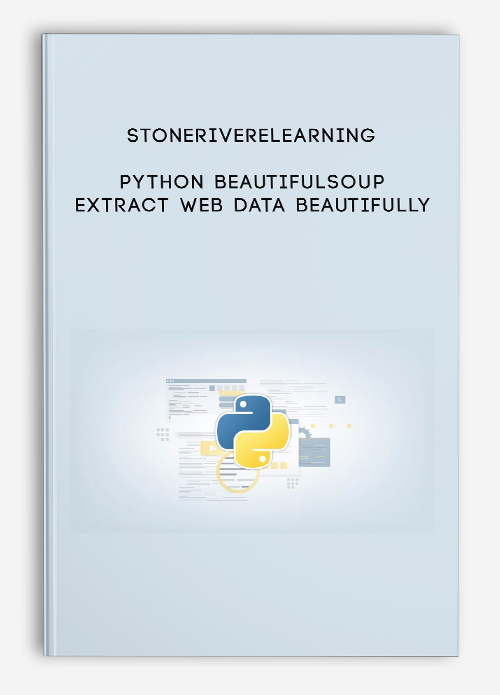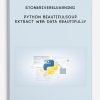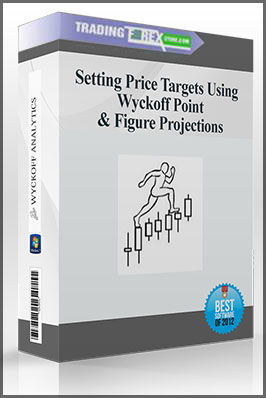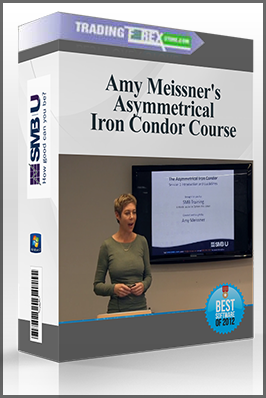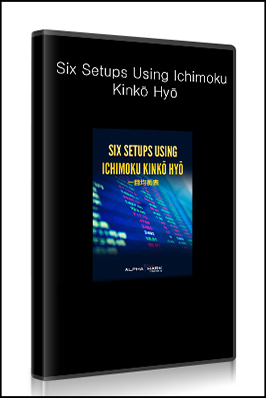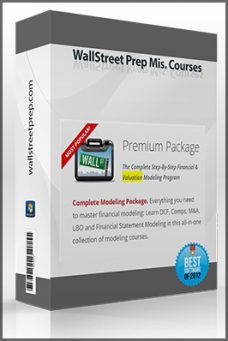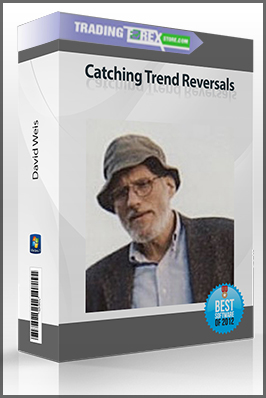Stoneriverelearning – Python Web Programming
$35.00
Product Include:
File size:
- Description
Description
Stoneriverelearning – Python Web Programming
**More information:
Get Stoneriverelearning – Python Web Programming at bestoftrader.com
Description
Your definitive step-by-step guide to conquering python web programming…
Imagine powering up your tablet and browsing a site you built. Or discovering the skills necessary to launch a career in web programming. Or imagine, after years of thinking about it, finally crossing “become code literate” off your bucket list. The Python Web Programming online course will ease you through the big, vast world of Python coding. Over the course of 7 hours, you’ll be introduced to all the innovative concepts and foundational principles necessary to master web programming with Python. So whether you’re an upstart programmer, an aspiring web developer, or someone just looking to gain a deeper understanding of python web programming, with this course you’ll acquire the understanding and the confidence to conquer all things Python.
Three Reasons To Learn Web Programming With Python
- It’s easy and quick to learn: Forget strict syntax rules and endless strings of coding, Python was designed with simplicity in mind. And you’ll be busy coding before you know it. Why? Because Python requires less time, less code and less concepts than all other programming languages.
- It’s a stepping stone: New to object-oriented coding, or programming all together? Get your feet wet with the most versatile coding language on the market. Python teaches you sound foundational skills that are easily transferable to other, more tedious languages.
- It’s a money maker: The demand for Python web programmers is booming. In fact, it’s the most popular coding language in the world. Used by giants like Google, Pinterest and Instagram, it’s is the only language you’ll need to begin a career in Python web programming, design your own game or create your own app. And that’s just for starters.
How is this course different?
We understand. There are other Python courses .But The Complete Guide to Python Web Programming dives deep into all aspects of web programming with Python. We pull back the curtain on coding—giving you an unparalleled understanding of the art and science behind it. But we don’t stop there. Because you’ll graduate with the all the tools necessary to build vibrant, sustainable web based programs.
You see, this course was created as a labor of love. In fact, it’s delivered with a level of quality and expertise you’d expect from an elite university —not an online course.
What are the requirements?
- A computer
- PC, Mac or Linux Operating Systems OK
What am I going to get from this course?
- 60 lectures and over 6+ hours of content!
- Acquire an in-depth understanding of Python web programming.
- Get hands on experience working with Python files and building programs
What is the target audience?
- Programmers
- Aspiring web developers and app creators
- Anyone aspiring to become code literate
Course Curriculum
-
Preview
Course Introduction (4:12)
-
Preview
Introduction (1:07)
-
Preview
Object Oriented Programming Part 1 (8:27)
-
Preview
Object Oriented Programming Part 2 (7:18)
-
Preview
Modules (9:13)
-
Preview
Modules Part 2 (6:58)
-
Preview
Section Conclusion (0:42)
-
Preview
Introduction (0:52)
-
Preview
SQLite Intro (8:17)
-
Preview
Creating Database And Table (7:17)
-
Start
Inserting Data (6:08)
-
Start
Inserting Dynamic Data (4:32)
-
Start
Reading Data (6:43)
-
Start
Limit, Update, and Delete (7:59)
-
Start
Section Conclusion (3:18)

